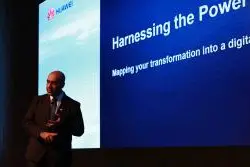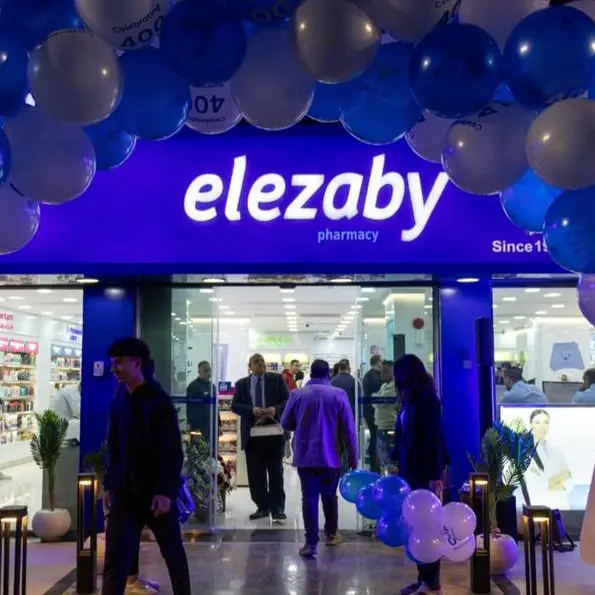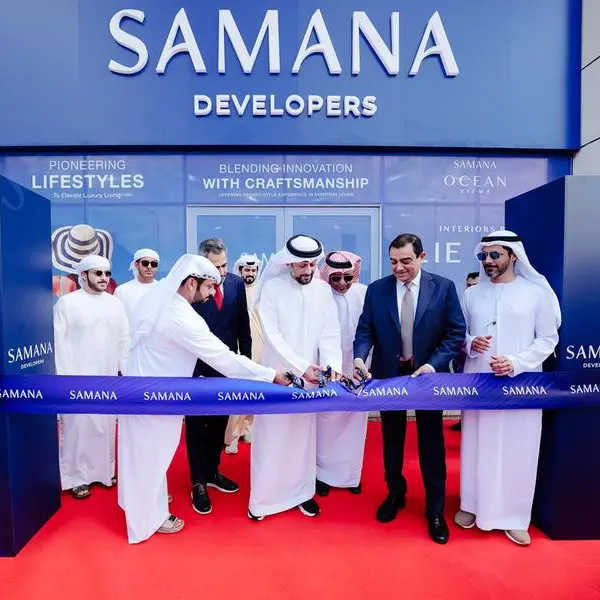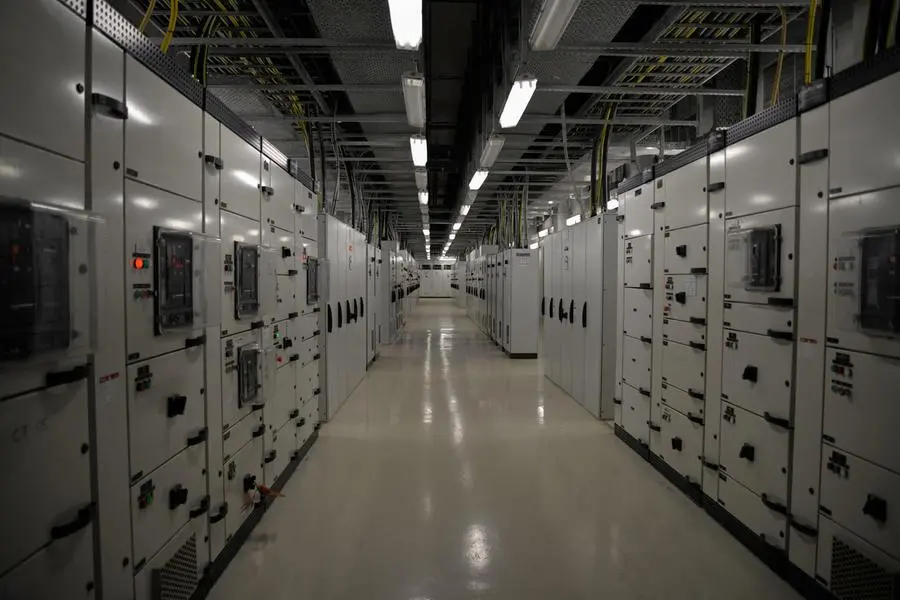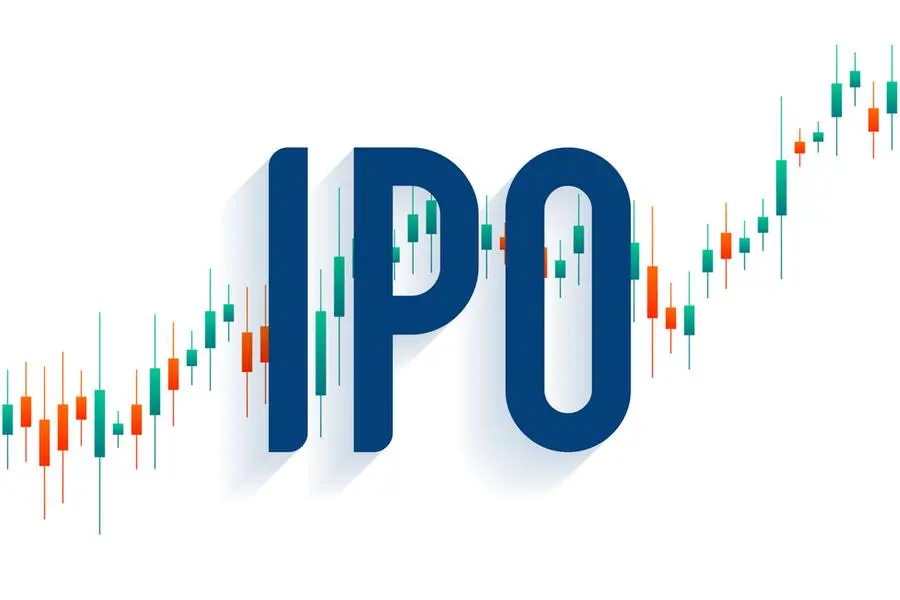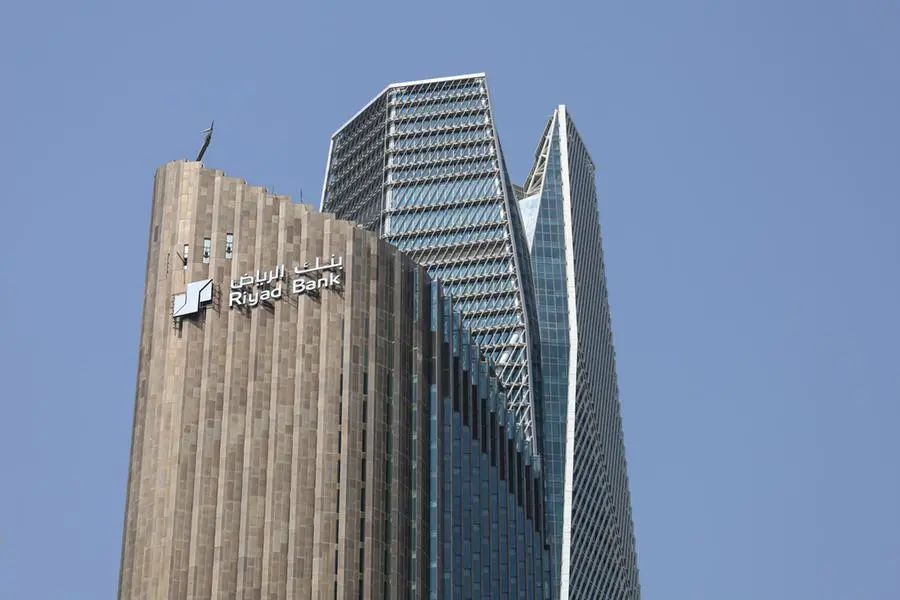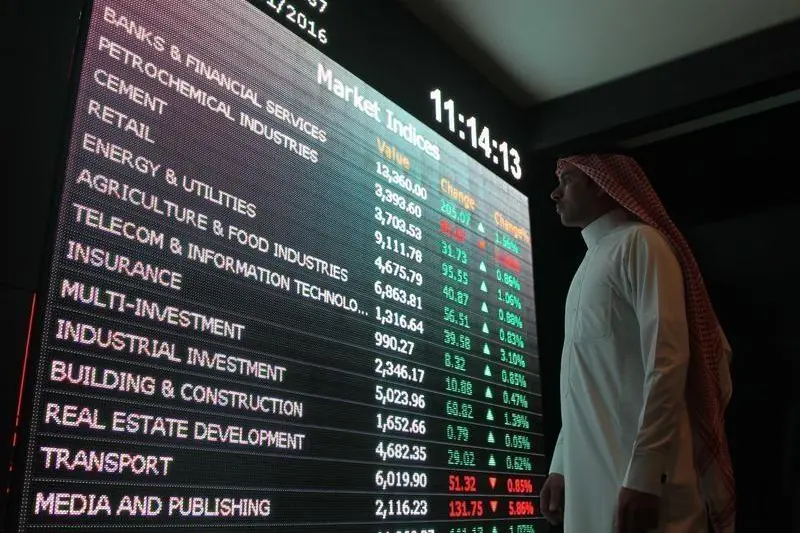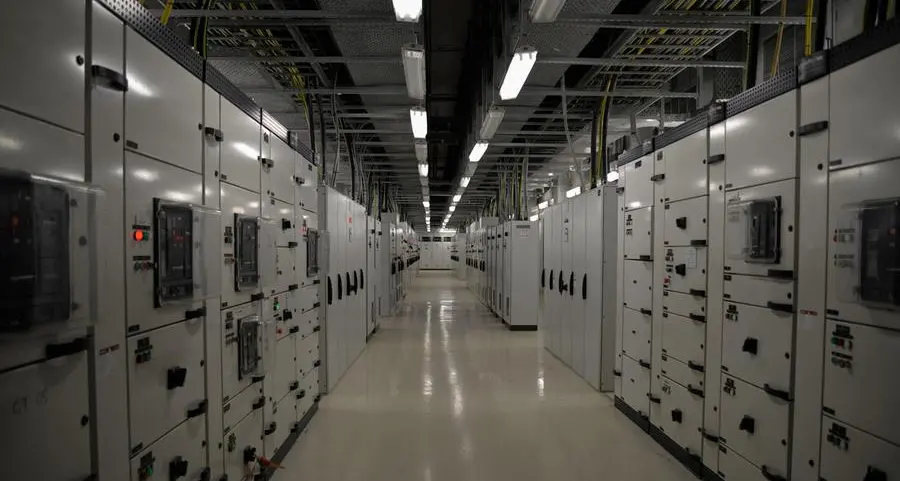PHOTO
Huawei shares GCI Report at SAMENA leaders' Summit; UAE, Qatar and Saudi Arabia remain strong 'Adopter' economies in global ranking
Dubai, UAE – Huawei’s Global Connectivity Index (GCI) 2017 report has revealed that digitally-advanced and digitally-developing nations continue to gain strong economic growth and secure larger ICT investments, while less developed nations see much slower growth, widening the digital divide between nations into a chasm.
The GCI 2017, was shared by Huawei at the SAMENA Telecom Leaders’ Summit 2017, this index is the fourth annual study that compares how 50 countries are progressing in their digital transformation based on 40 unique indicators that cover five technology enablers: broadband, data centers, cloud, big data and Internet of Things. Investing in these five key technologies enables countries to digitize their economies. Through centralized planning, potential connectivity can be fully leveraged and ICT capabilities can support positive growth of national economies.
“The GCI Report measures the relationship between ICT investment and GDP growth, and shows that every additional US$1 of ICT infrastructure investment made could bring a return of US$3 in GDP at present, US$3.70 in 2020 and the potential return increases to US$5 in 2025,” said Sami Nashwan, VP Strategy at Huawei Middle East. “While this presents a clear case for increasing investment in ICT, the report also reveals that countries who invest in ICT gain an accumulated advantage over time which has a multiplier effect and enables them to distance themselves ahead of competitors, and causing a widening of the digital divide to become a digital chasm.”
UAE, Qatar and Saudi Arabia remain top ‘Adopter’ economies in terms of connectivity within the Arab world. According to GCI 2017, global progress towards a digital economy is picking up pace, with the world's GCI score moving up four percentage points since 2015. The report also shows that ICT has become an engine of economic growth, with the 50 countries assessed by the GCI 2017 accounting for 90 percent of global GDP and 78 percent of the world’s population.
Of the 50 countries that were analyzed, 16 are considered Frontrunners, 21 are Adopters, while the remaining 13 are Starters. These clusters reflect the nations’ progress in digital transformation. Frontrunners (with an average GDP per capita of US$50,000) are mostly developed economies, continually boosting digital user experience, using big data and IoT to develop more intelligent, efficient societies. Adopters (average GDP per capita of US$15,000) are focused on increasing ICT demand to facilitate industry digitization and high-quality economic growth. Starters (average GDP capita of US$3,000) are in the early stage of ICT infrastructure build-out, and focus on increasing ICT supply to give more people access to the digital world.
“Regional investments in ICT and particularly in the areas that lead to accelerated digitization, underpin the Arab world’s ability to transform economies and sustain growth for its future generations. Regional countries need to understand this widening digital divide will have a dramatic impact on every sector of their economy and society, and will greatly influence their nation’s ability to feed, educate and create jobs for their people,” continued Sami.
Organized by SAMENA Telecommunications Council and hosted by Huawei for the fourth consecutive year, this year’s theme “Aligning Visions to Meet the Demands of the Digital World” focuses on aligning stakeholders towards a common vision to enable a true, regional digital economy. Leaders at this year’s summit will discuss two key topics; how to effectively implement digital enablement for businesses and to create an ecosystem that delivers digital-services and is supported by an open, collaborative industry.
For more information about the 2017 Huawei Global Connectivity Index, visit: http://www.huawei.com/minisite/gci/en/
-Ends-
About Huawei
Huawei is a leading global information and communications technology (ICT) solutions provider. Our aim is to enrich life and improve efficiency through a better connected world, acting as a responsible corporate citizen, innovative enabler for the information society, and collaborative contributor to the industry. Driven by customer-centric innovation and open partnerships, Huawei has established an end-to-end ICT solutions portfolio that gives customers competitive advantages in telecom and enterprise networks, devices and cloud computing. Huawei's 180,000 employees worldwide are committed to creating maximum value for telecom operators, enterprises, and consumers. Our innovative ICT solutions, products, and services are used in more than 170 countries and regions, serving over one-third of the world's population. Founded in 1987, Huawei is a private company fully owned by its employees.
For more information, please visit Huawei online at www.huawei.com or follow us on:
http://www.linkedin.com/company/Huawei
http://www.facebook.com/Huawei
© Press Release 2017
